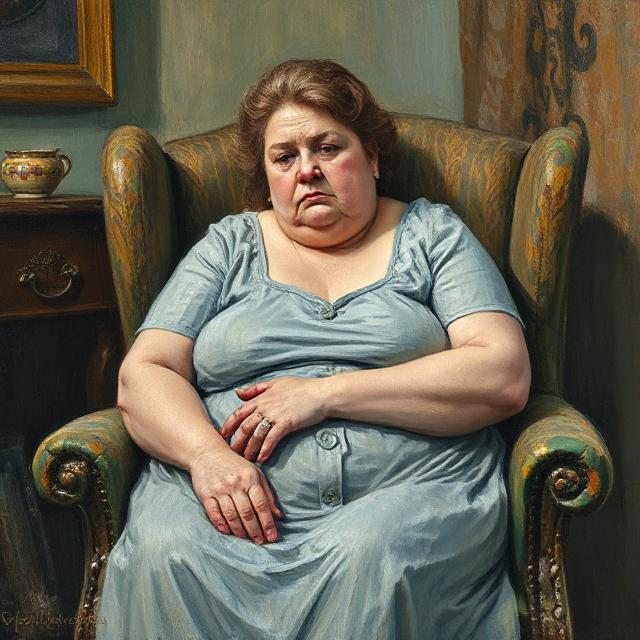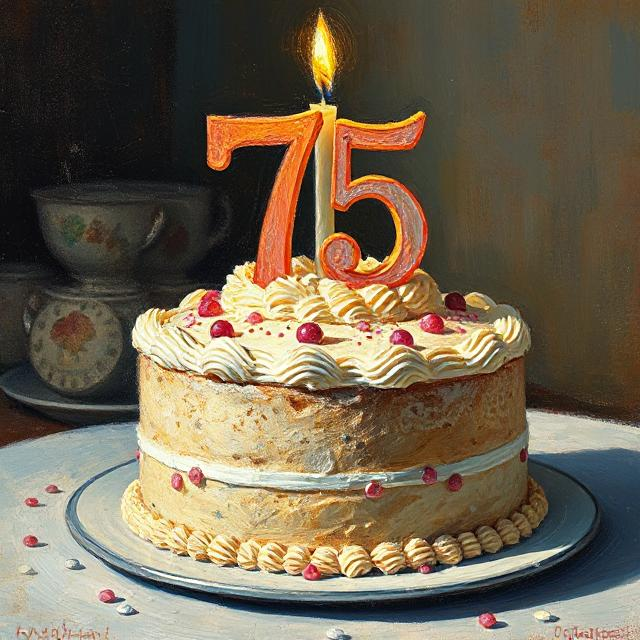Worry has a way of sneaking in — quietly, at first. A passing thought. A small “what if.” But soon, that thought turns into a loop, playing on repeat in your mind, crowding out peace and leaving you feeling tense, anxious, and stuck. It’s exhausting. And yet, most of us have a hard time turning it off.
The truth is, worrying feels productive. We tell ourselves we’re “thinking things through” or “being prepared,” but often, worry is just fear dressed up as planning. It rarely solves the problem — it just steals our time and energy. While it’s unrealistic to think we can eliminate worry entirely, we can change how we respond to it.
One of the first things that helps is naming what you’re worried about. Often, the biggest worries are vague: “I’m worried something bad will happen” or “I just feel off.” When you sit down and write out what’s really on your mind, it shrinks from something foggy and overwhelming to something you can face. Putting pen to paper — or fingers to keyboard — gives shape to the worry, and sometimes, you realize it’s not as urgent or likely as it felt in your head.
It also helps to separate what’s in your control from what’s not. If you can take a small action — even just one — toward a solution, do it. If not, it’s time to practice letting it go. Not forever, not perfectly. Just for now.
Worry lives in the future. So one of the best antidotes is grounding yourself in the present. This might mean taking five deep breaths, noticing the colors in the room around you, or going for a walk to clear your head. Even doing something as simple as washing the dishes or stretching can reset your nervous system and shift you out of that anxious loop.
It’s also okay to give yourself permission to worry — just not all day. Try scheduling a “worry time” each day — maybe 10 or 15 minutes where you let yourself spiral a bit, vent, journal, or talk it out. When worries pop up outside that window, gently tell yourself: “I’ll think about this later.” More often than not, the worry won’t feel as urgent by then.
Perhaps the most important piece of all is self-compassion. So often, we get frustrated with ourselves for worrying. We label it as weakness or failure. But you’re not weak — you’re human. Worry is a sign that you care, that you want to feel safe, that you’re trying to protect yourself. You don’t need to fight that. You just need to soften the way you hold it.
You won’t banish worry forever. But you can learn to carry it differently — with more awareness, more calm, and more kindness toward yourself. Bit by bit, it starts to loosen its grip. And in that space, something gentler can take its place: trust, presence, and a little more peace.




